
Vaccines:
A Shortcut to Immunity
Vaccines are on a lot of people’s minds right now. Unlike medicines that treat active infections, vaccines help prevent us from getting sick in the first place. So how do they work?
When we get sick, our immune system launches a counterattack. Its best tactic involves analyzing the antigens on the invading germs’ surface to build a secret weapon specific to that germ. Antibodies fir into the enemy antigens like keys in a lock and destroy the invaders on contact.
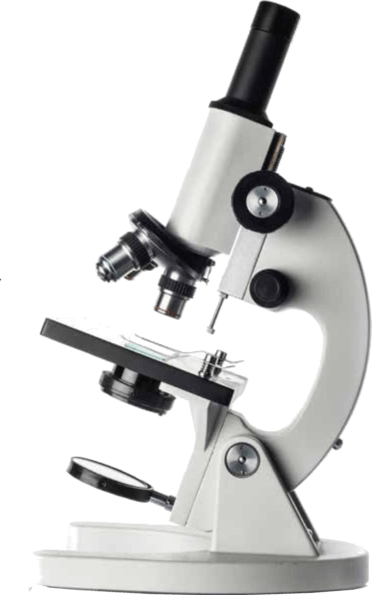
Our immune systems ‘remember’ every invader: antigens are stored away so that more antibodies can be made when that germ attacks again. With every invasion we acquire more and more antibodies, until eventually there are many in our system that we no longer get sick – we become immune.
Vaccines act as a shortcut to immunity. By introducing a tiny amount of pathogenic material to our systems, our bodies can start making antibodies without getting sick. It’s like having the answers to a test before you even take it.
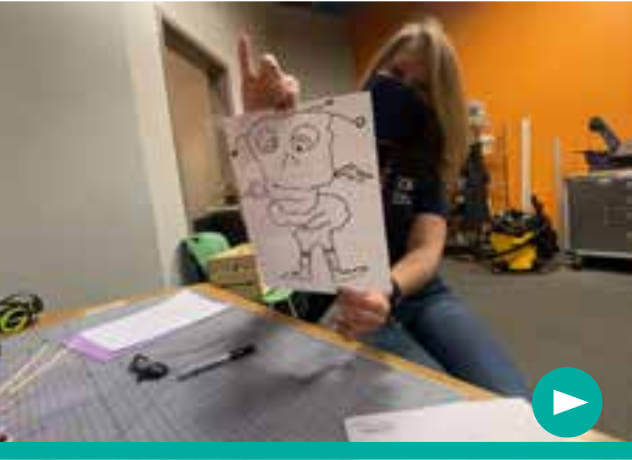
Exquisite Corpse
Bring the spirit of GameXPloration home in this fun drawing game. With its roots deep in art history, Exquisite Corpse explores the concepts of chance and collaboration. Play it with your family to create categories like people, places or things and see what kind of wild pictures you can create. But remember, no peeking!
Materials needed: Paper and any drawing materials
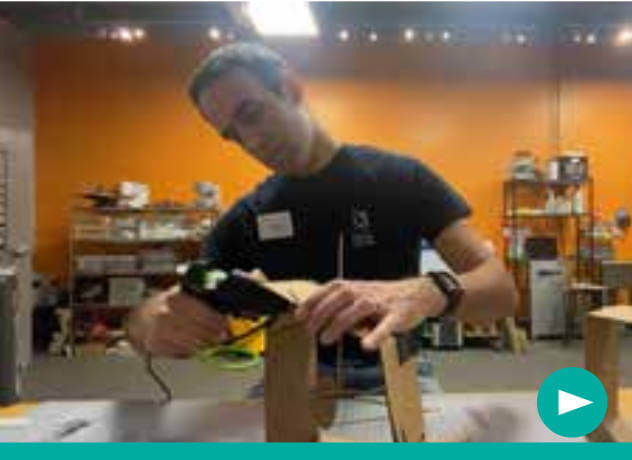
Cardboard Automata
In this intermediate-level Makerspace project, explore simple machines like cams, axles, levers and linkages while creating a mechanical sculpture out of a surprising everyday material: cardboard.
Materials needed: Cardboard, scissors, hot glue gun, pencils, ruler and masking tape
Take A Look at the Luffa
This year, the GROW Gallery welcomed a newcomer to its roster of plants. GROW proved to be a great spot for cultivating Luffa aegyptiaca or Luffa cylindrica, commonly known as sponge squash. If none of those names sound familiar, you might recognize this one: loofah sponge.
Typically grown in tropical areas, Luffa needs a warm climate and plenty of room to climb. St. Louis’ climate is right on the cusp, and the arched trellises at the heart of GROW were the perfect place for this versatile plant.
We in the United States typically think of this sponge gourd fruit in its dried form (sold as a bath or kitchen sponge), but it’s also eaten as a vegetable when it’s young and small in regions like the Indian subcontinent, Southeast Asia and the Caribbean. The fruit has several industrial uses, too: dried Luffa’s versatile fiber can be used as a filter and even in shoe production.
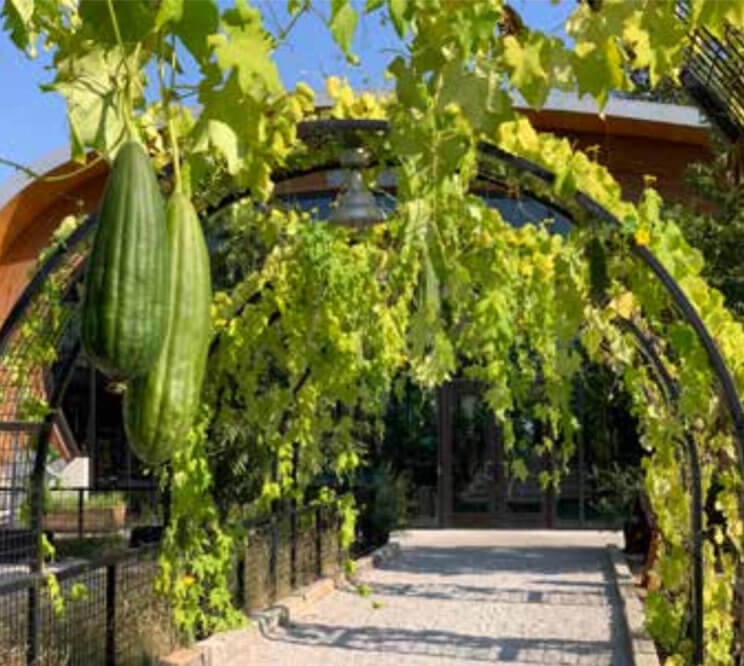
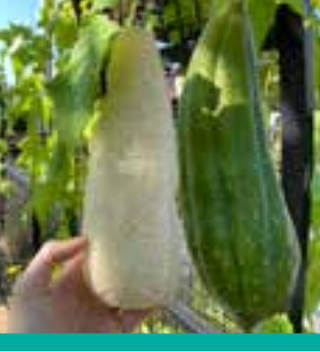 Watch as Maddie Earnest, manager of GROW and life sciences, explores the history and uses of the luffa.
Watch as Maddie Earnest, manager of GROW and life sciences, explores the history and uses of the luffa.
A Plentiful Harvest
The 2020 growing season was a good one for GROW. This year, the GROW team worked to improve productivity of the strawberries and the orchard, as well as to grow some new plants.
The work to increase the amount of strawberries produced actually began in 2019 when GROW volunteers divided the strawberry plants, replanted them to allow better spacing, and then added a layer of compost. In January and again in March, the team added a nitrogen fertilizer to help spur production. Their efforts were a success, and the strawberry yield—despite its smaller amount of space—increased from last year’s total of 4.3 pounds to an incredible 46 pounds!
But it didn’t stop with strawberries. This year, GROW also saw peaches, grapes and pumpkins with substantial increases in production (and wonderful flavor). In total, GROW produced 1,979 pounds between the aquaponics greenhouse and the growing beds. The GROW team has already started preparation for next year and can’t wait to see what the growing season in 2021 yields.
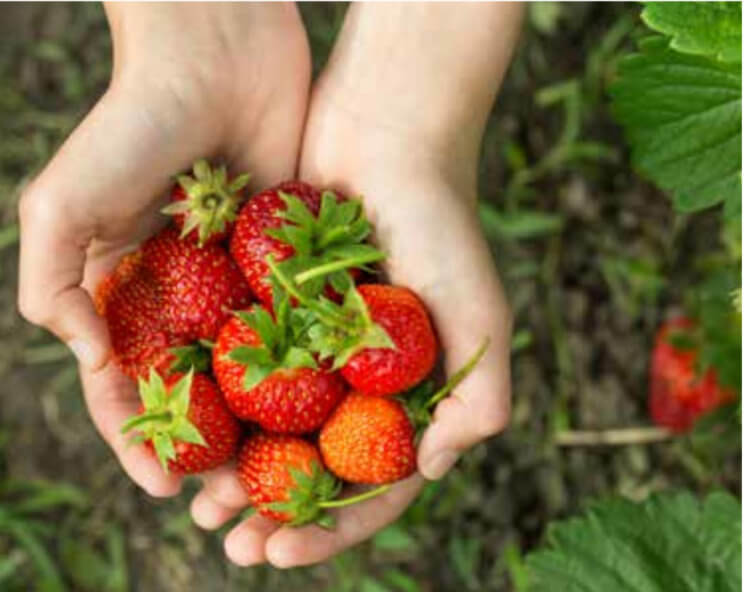
Fun Fact
46 pounds equals approximately 870 strawberries






